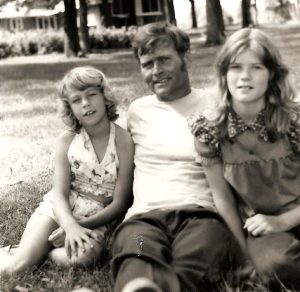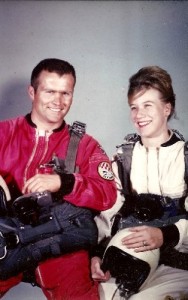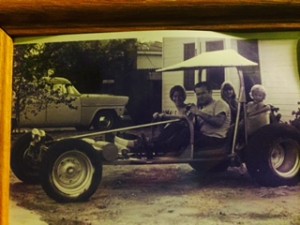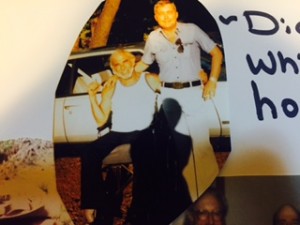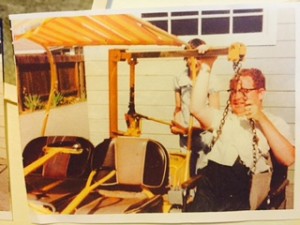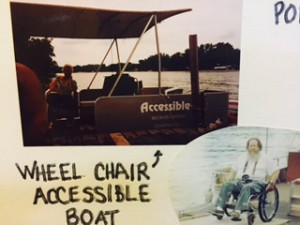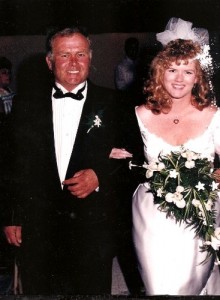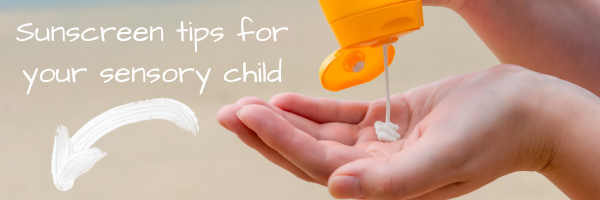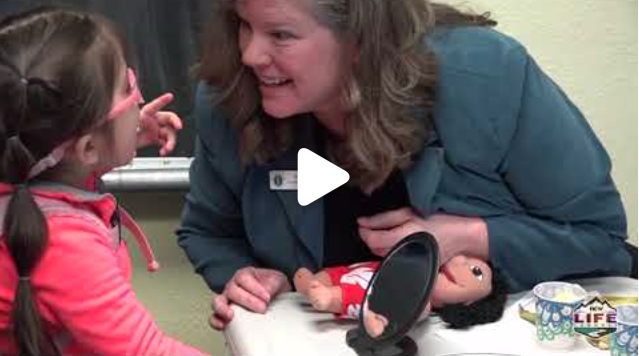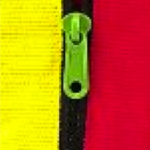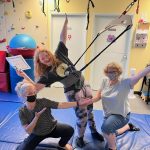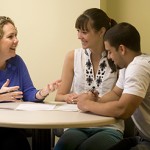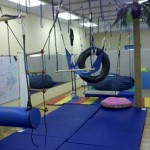What is Stimming:
Stimming is short for “self-stimulating behavior”. This behavior looks like repetitive movements, words, or sounds. These movements, words, or sounds might serve a couple different purposes:
- A way to manage various big emotions (excitement, boredom, fear, stress, happiness, etc.)
- Big emotions can be difficult for anyone to manage, especially if the sensory system is extra sensitive (or when emotions are hard to comprehend or understand).
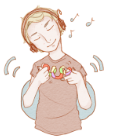
- Stimming is a way to help calm the system in the middle of heightened emotional states.
- Big emotions can be difficult for anyone to manage, especially if the sensory system is extra sensitive (or when emotions are hard to comprehend or understand).
- As a way to distract themselves, or help calm their body when they are overstimulated
- Stimming is a subconscious way for the nervous system to organize the input it is receiving from the environment.
- If your child is sensitive to certain input, stimming can help to organize their system, counteract, or distract them from the offending input.
- As a way to “wake up” their nervous system when they are under-stimulated
- When a child’s nervous system does not register input adequately or effectively, they may struggle to have a complete picture of their environment.
- Stimming can help them to “wake up” their system to make it work more effectively.
- Stimming can also help increase input to a level that they are able to more easily register it, helping to complete the picture of their environment.
- Because it feels good and they enjoy it
- We all have certain things that simply feel good to us, sometimes a stim is just that.
- Sometimes children have a hard time coming up with play ideas, or figuring out how to complete play movements; stimming is a less complex way to engage in play.
Is it okay to let my kid stim?
Because stimming serves so many useful purposes and is a very essential part of functioning for those with unique sensory needs, we encourage you to let your child stim. This is their own unique way that they have learned to care for their sensory system and regulate their emotions.
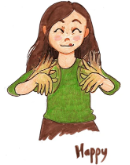
However, if the stimming is hurting themselves or others, or if it is preventing functional activity, replacement behaviors can be developed and taught. You can work with your OT at ‘Ohana to identify and implement the best replacement behaviors for your child.
A note about social expectation:
Sometimes stimming is harmless and effective, but it makes others (such as extended family members or that stranger in the grocery store) uncomfortable. These situations can be the perfect opportunity to teach someone about stimming and the unique needs of your child’s sensory system. If your child is old enough, you can coach them on explaining their stimming needs to others.
Quick tips and strategies to help shape stimming:
- Set up a specific stimming corner or area in your home, child’s room, or their classroom if the stim is disruptive to those around your child (e.g. loud noise).
- Talk about stimming with your child, help them identify why and when they need to stim.
- Try setting aside specific stim time in your child’s day (e.g. for 8 minutes before meals, 10 minutes to stim before going to bed, etc.). This can be especially useful for showing your child that you want to support their needs, but also need them to be able to focus on other things throughout the day. Keep in mind that if your child has a big emotion, they may need to stim more.
- Try setting a timer every time they start stimming. Let them know they can stim until the timer goes off and then it is time to refocus on functional tasks. This can be useful for those kids who stim for long periods of time.
- Try adding sensory enriching activities to your child’s day to supplement or enhance their stimming. Ideally, these activities would provide the same input as the child’s stim. Talk to your child’s OT about what type of activities to add.
Blog post compiled by ‘Ohana OT, Abigail Simmons (OTR/L)
Resources:
GriffinOT (2020). How do I stop my child from sensory stimming. Griffin occupational therapy. Retrieved from: https://www.griffinot.com/how-to-stop-child-sensory-stimming/
Miller, C. (2019). What you need to know about stimming. Kid’s creek. Retrieved from: https://www.kidscreektherapy.com/what-you-need-to-know-about-stimming/
What is stimming? (n.d.). Occupational therapy helping children. Retrieved from: https://occupationaltherapy.com.au/what-is-stimming/
